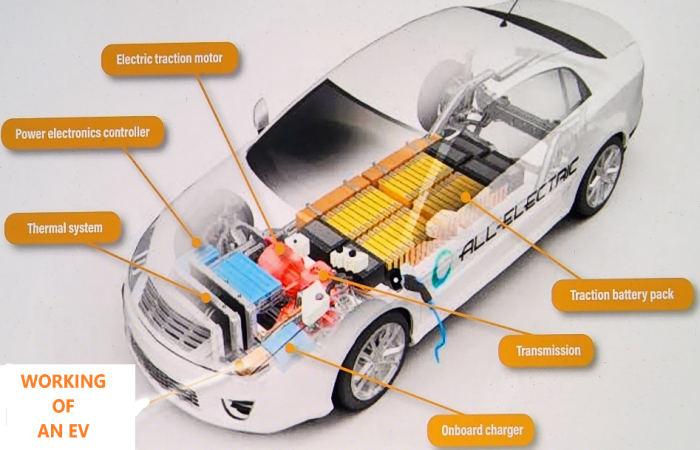Main Links
Advance Products Core Products
Metals & Alloys Core Products
All India Metal Corporation
507 / 508, 5th Floor, Parekh Market, 39 J.S.S. Road, Opera House, Mumbai –400004
Email Us
info@allindiametal.com
Call Us
+91 (0) 22 – 4970 0739
Social Media
Contact Us
All India Metal Corporation. All Rights Reserved.

